What the critics are saying about Ben Nicholson: From the Studio
This idiosyncratic exhibition at Pallant House in Chichester focuses on the inspiration Nicholson drew from ‘mundane’ household objects
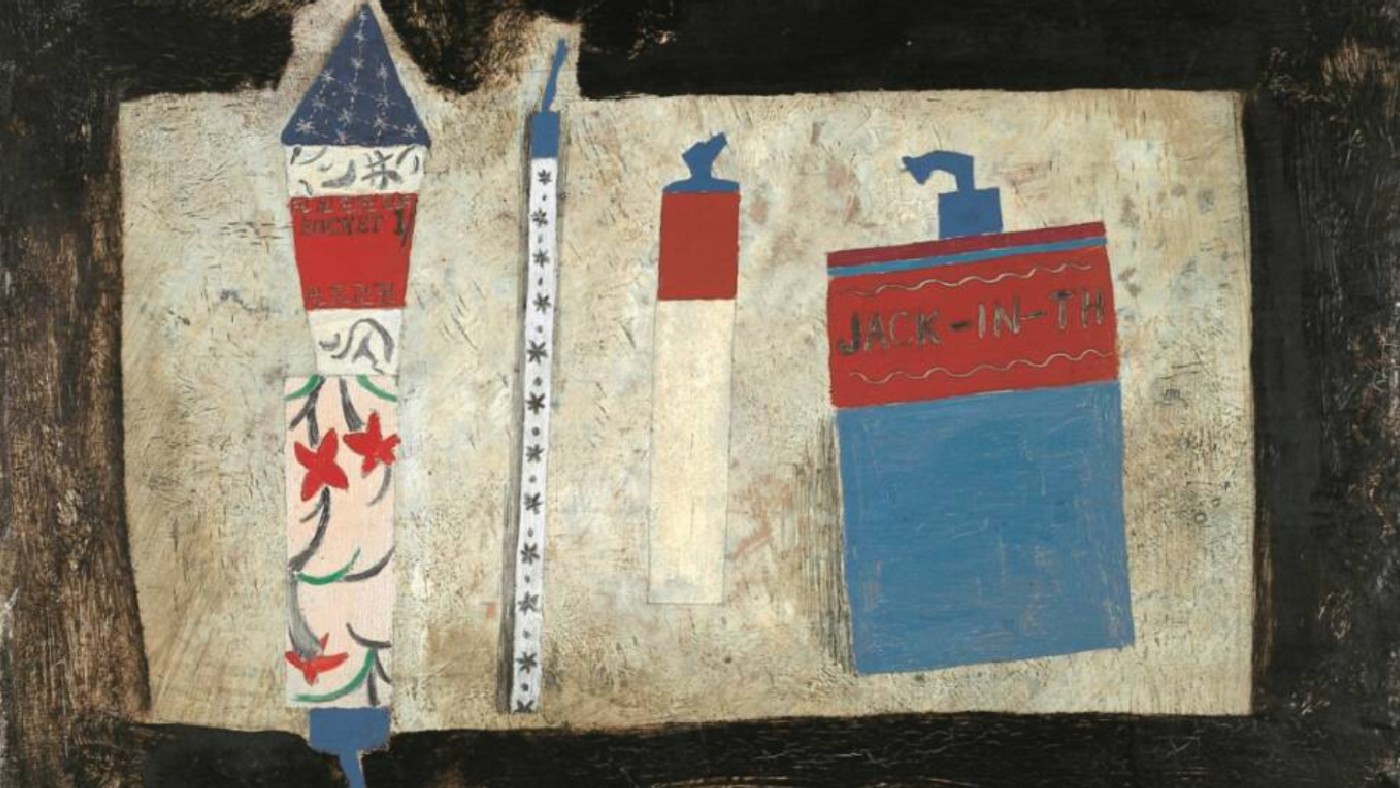
The abstract painter Ben Nicholson (1894-1982) was one of this country’s most important modern artists, said Simon O’Hagan on The Arts Desk. He “played a key role in introducing cubism to British art”, and was closely linked with contemporaries such as Henry Moore and Barbara Hepworth, to whom he was married for nearly 13 years.
This idiosyncratic exhibition at Pallant House in Chichester focuses on the inspiration he drew from an unlikely source: “mundane” household objects. Nicholson would return to certain items of kitchenware and tools and paint them repeatedly over the years as he developed his artistic style.
The show comprises more than 40 paintings, carved reliefs and works on paper, alongside some of the still-life objects that inspired them. The result is “a positive riot of mugs, jugs and glassware”, which allows us “to experience Nicholson’s world and see these objects as he saw them, as a vehicle for expressing some profound ideas and feelings”.
The Week
Escape your echo chamber. Get the facts behind the news, plus analysis from multiple perspectives.

Sign up for The Week's Free Newsletters
From our morning news briefing to a weekly Good News Newsletter, get the best of The Week delivered directly to your inbox.
From our morning news briefing to a weekly Good News Newsletter, get the best of The Week delivered directly to your inbox.
The exhibition adds up to a surprisingly “intimate portrayal” of Nicholson’s “long, productive and slightly peculiar life”, said Caroline Roux in the FT. We see that his taste for austerity extended to both his art and his belongings – a reaction to the “flamboyant Edwardian lifestyle” into which he was born.
At the show’s heart is a large vitrine containing some of his prized possessions, said Harriet Baker in Apollo – “a glass stoppered decanter, a wide-rimmed blue-striped mug, a pewter dish” – many of which became starting points for his paintings. A pale wooden relief from 1936 is displayed next to the “slender ceramic vessel” that inspired it, creating “a dialogue of circles in purest white”.
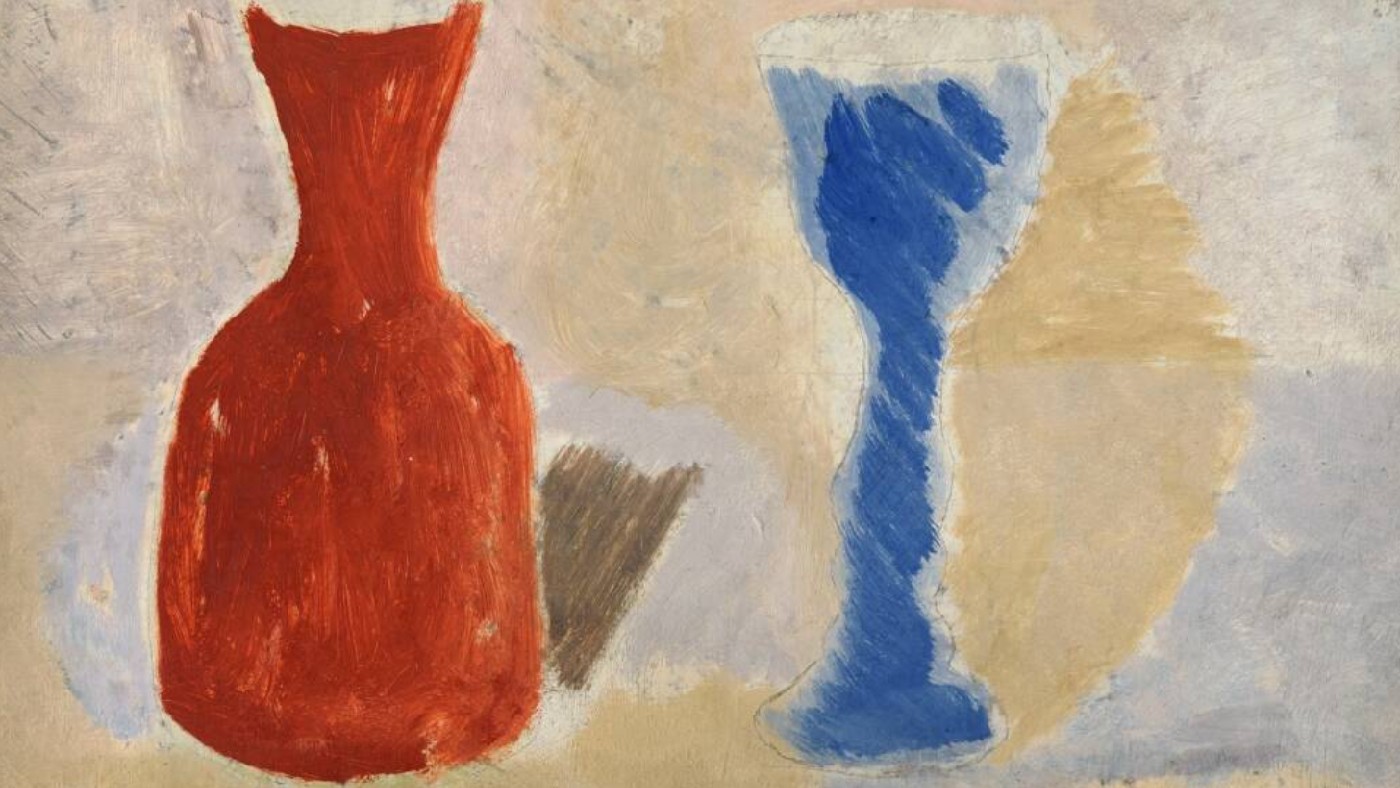
After he moved to St Ives with Hepworth in 1939, Nicholson withdrew from total abstraction in favour of “a surreally hybrid style”, merging still life with landscape painting. In his Cornish harbour scenes, jugs and crockery are “incorporated into the architecture of the town”.
Not every picture here represents “Nicholson at his best”, said Lucy Davies in The Daily Telegraph. Nevertheless, this is a unique opportunity “to see an artist’s mind at work”. It’s especially interesting when a particular object crops up repeatedly, sometimes in works created decades apart. A souvenir teacup commemorating Edward VII and Queen Alexandra reappears in a landscape and a still life painted in 1945; the glass stem of a goblet is “instantly recognisable” in both a 1972 drawing and a 1981 oil wash. Perhaps most remarkably, a “lustrous” early oil from 1914 depicts a“dowdy, striped mochaware jug” gleaming against a dark background.
A free daily email with the biggest news stories of the day – and the best features from TheWeek.com
A decade later, he would capture the same object again in one of his first abstract paintings, 1924 (painting-trout). This time, he reduces its form down to its “distinctive blue and buff-coloured bandings” and “a single patterned rectangle”. When we actually see the jug itself, it is as if one of Holbein’s Ambassadors “had stepped out of their gilt frame and into the gallery”.
This is an “evocative” exhibition that shows how Nicholson transformed the humblest of implements into “fiercely experimental modern art”.
Pallant House Gallery, Chichester (01243-774557, pallant.org.uk). Until 24 October
-
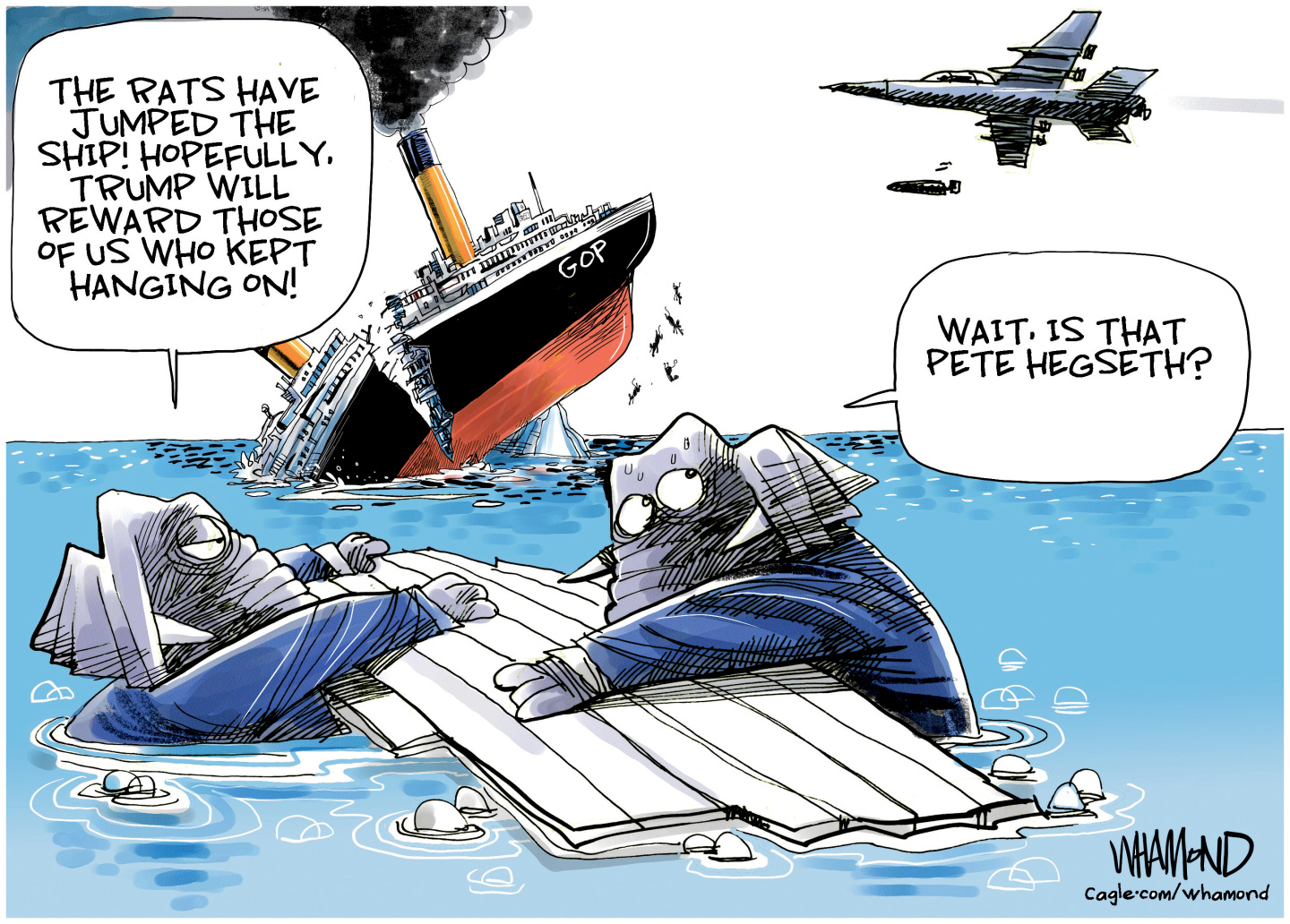 Political cartoons for December 20
Political cartoons for December 20Cartoons Saturday’s political cartoons include drowning rats, the ACA, and more
-
 5 fairly vain cartoons about Vanity Fair’s interviews with Susie Wiles
5 fairly vain cartoons about Vanity Fair’s interviews with Susie WilesCartoon Artists take on demolition derby, alcoholic personality, and more
-
 Joanna Trollope: novelist who had a No. 1 bestseller with The Rector’s Wife
Joanna Trollope: novelist who had a No. 1 bestseller with The Rector’s WifeIn the Spotlight Trollope found fame with intelligent novels about the dramas and dilemmas of modern women
-
 Joanna Trollope: novelist who had a No. 1 bestseller with The Rector’s Wife
Joanna Trollope: novelist who had a No. 1 bestseller with The Rector’s WifeIn the Spotlight Trollope found fame with intelligent novels about the dramas and dilemmas of modern women
-
 Appetites now: 2025 in food trends
Appetites now: 2025 in food trendsFeature From dining alone to matcha mania to milk’s comeback
-
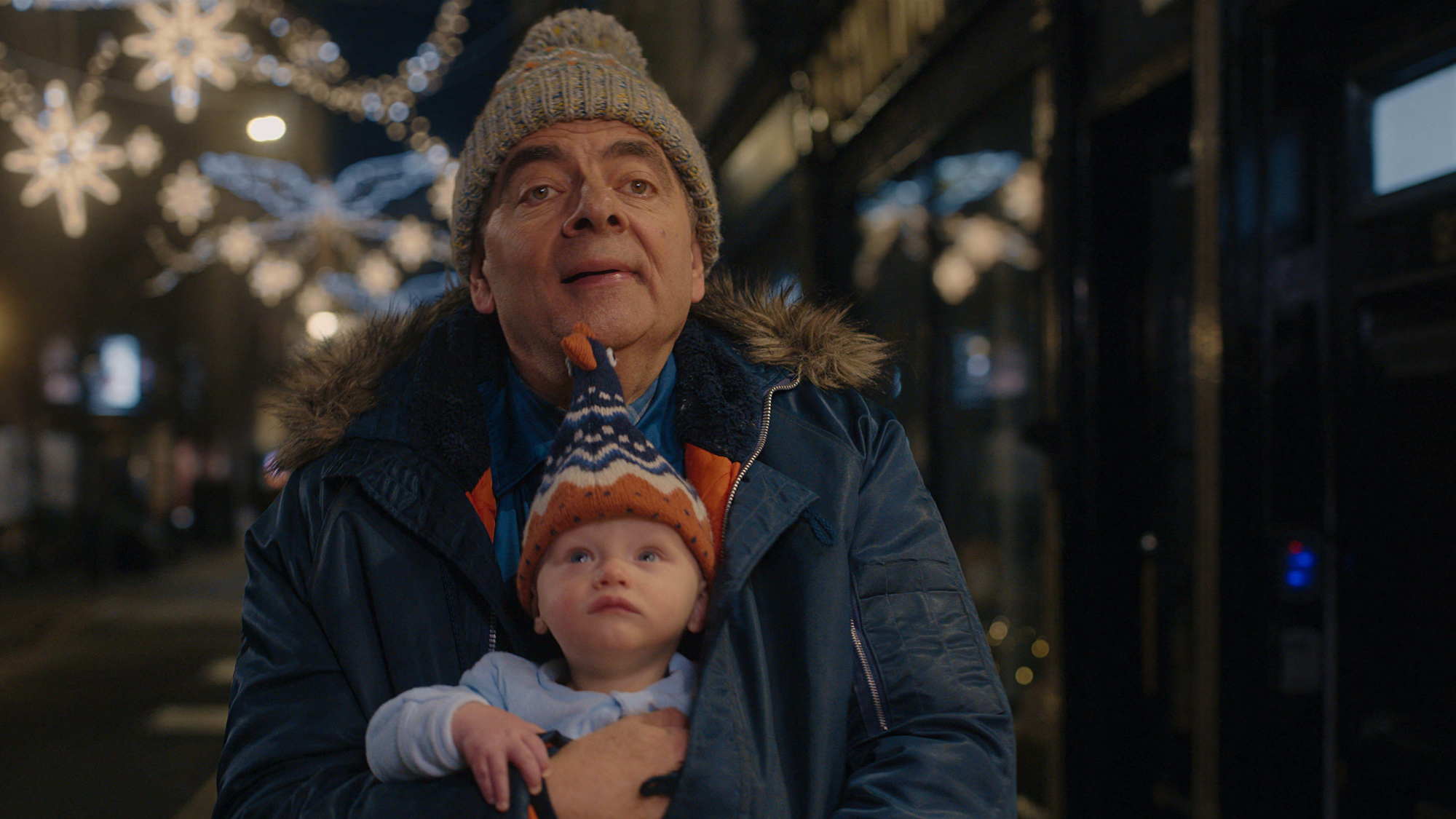 Man vs Baby: Rowan Atkinson stars in an accidental adoption comedy
Man vs Baby: Rowan Atkinson stars in an accidental adoption comedyTalking Point Sequel to Man vs Bee is ‘nauseatingly schmaltzy’
-
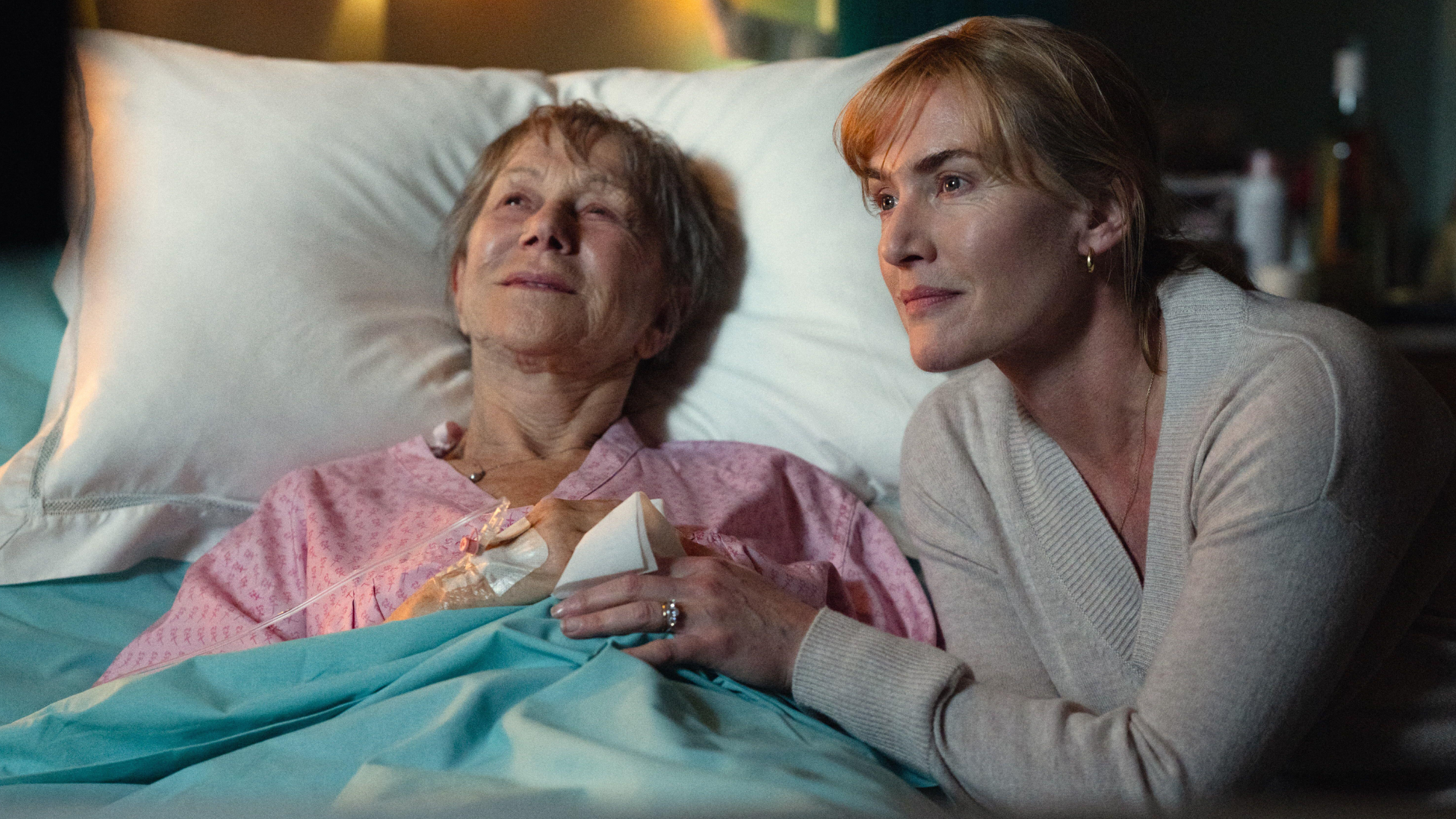 Goodbye June: Kate Winslet’s directorial debut divides critics
Goodbye June: Kate Winslet’s directorial debut divides criticsTalking Point Helen Mirren stars as the terminally ill English matriarch in this sentimental festive heartwarmer
-
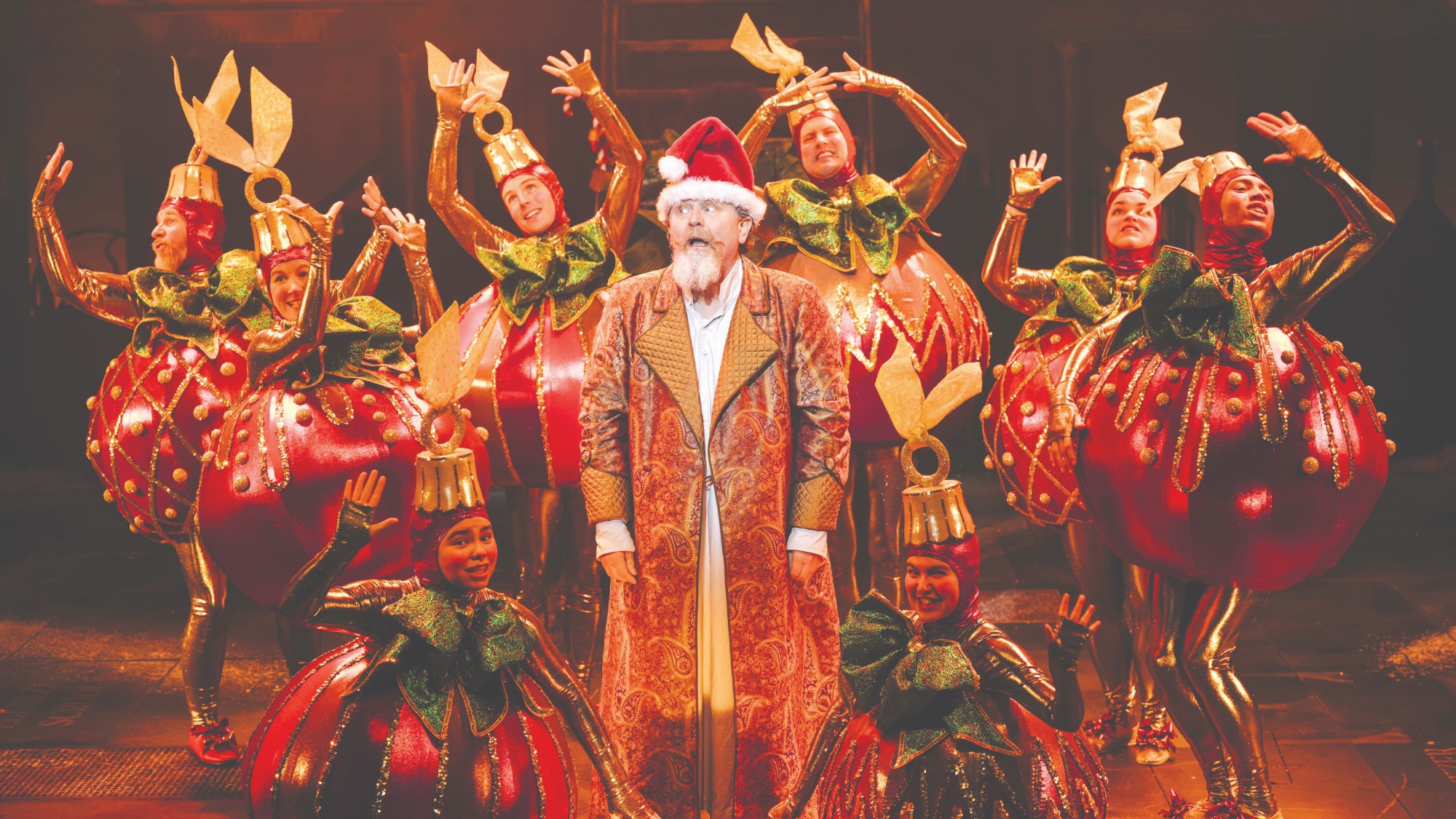 A Christmas Carol (or two)
A Christmas Carol (or two)The Week Recommends These are the most delightful retellings of the Dickens classic from around the country
-
 ‘Capitalism: A Global History’ by Sven Beckert and ‘American Canto’ by Olivia Nuzzi
‘Capitalism: A Global History’ by Sven Beckert and ‘American Canto’ by Olivia NuzziFeature A consummate history of capitalism and a memoir from the journalist who fell in love with RFK Jr.
-
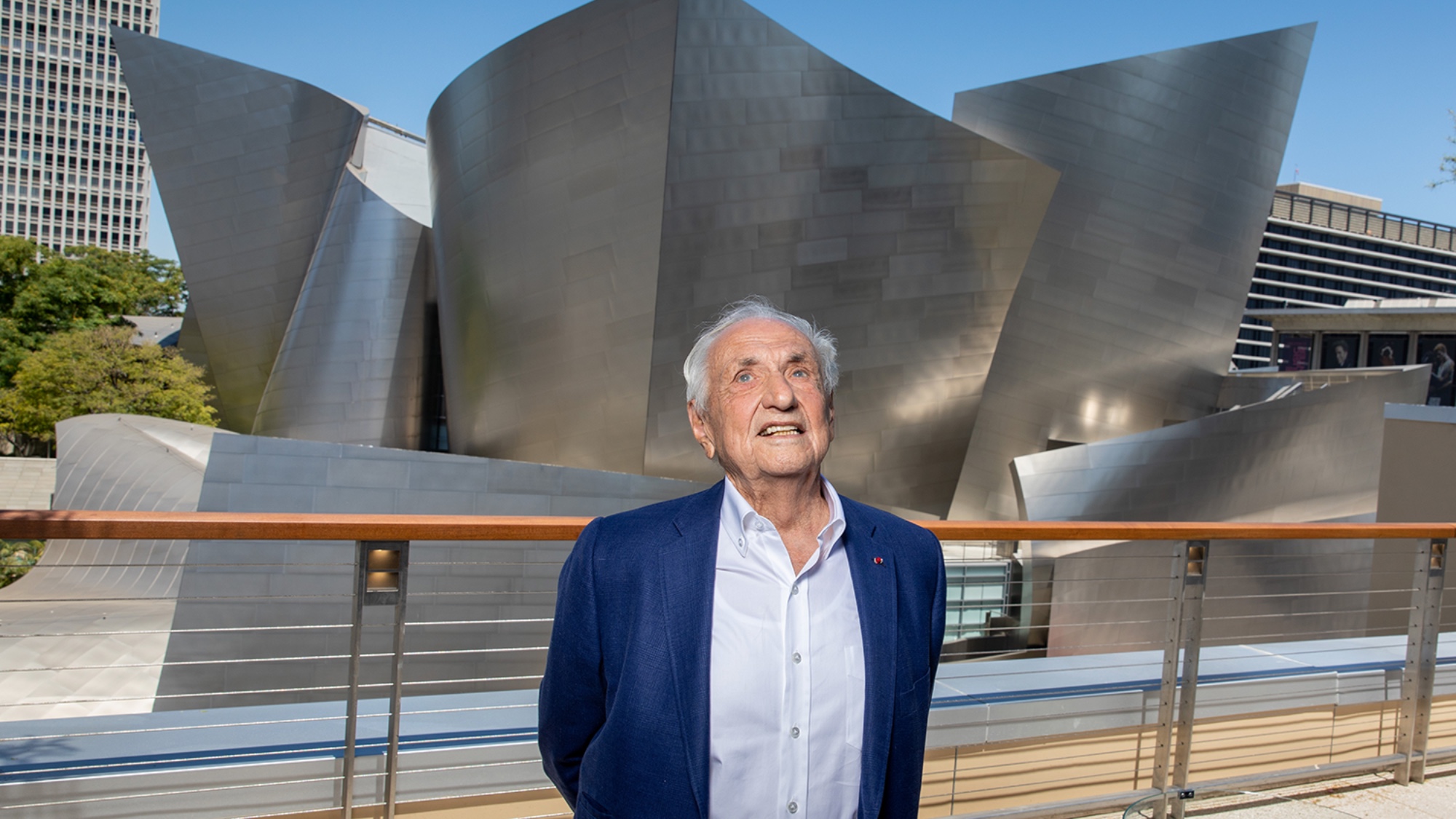 Frank Gehry: the architect who made buildings flow like water
Frank Gehry: the architect who made buildings flow like waterFeature The revered building master died at the age of 96
-
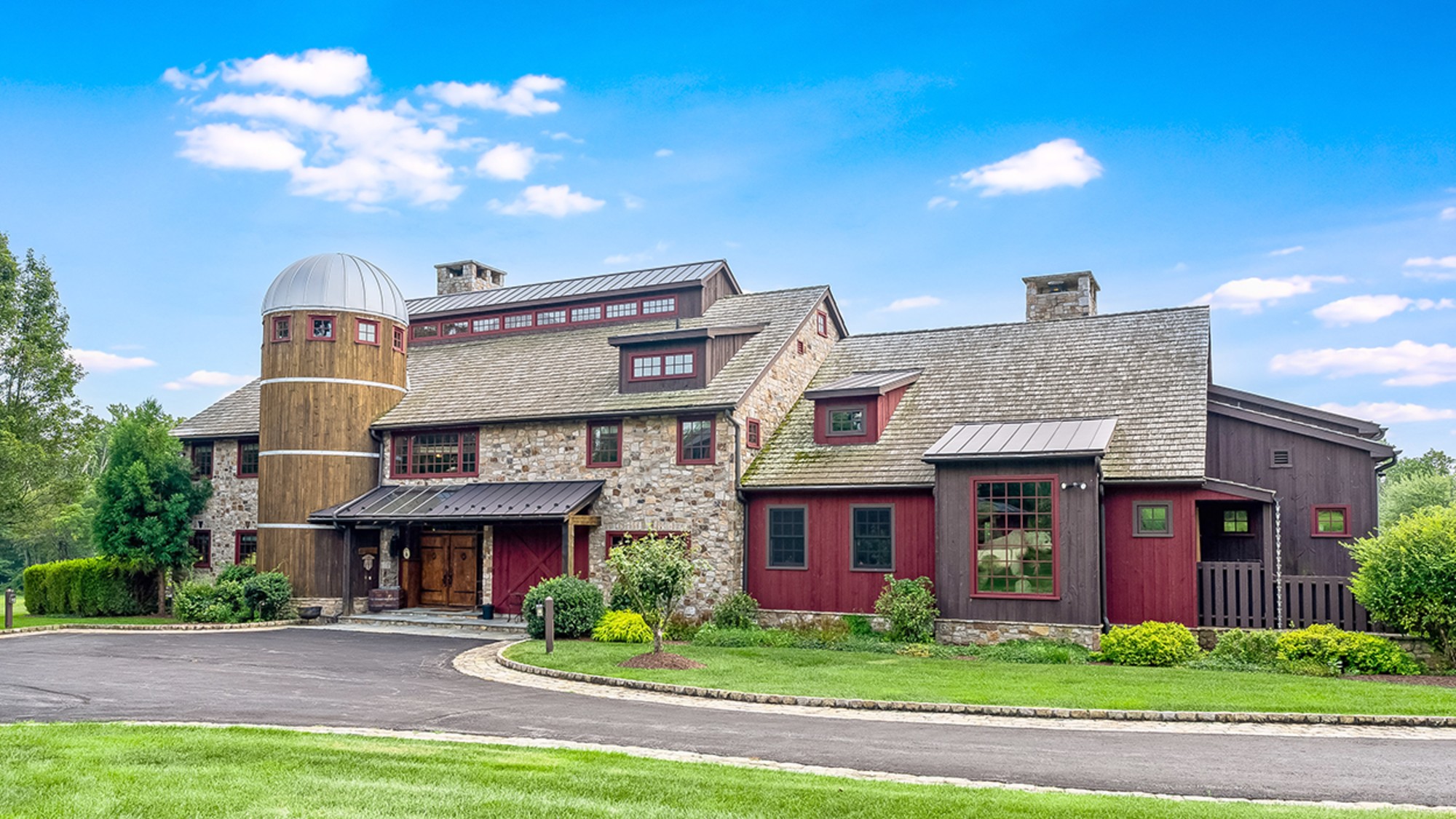 6 lovely barn homes
6 lovely barn homesFeature Featuring a New Jersey homestead on 63 acres and California property with a silo watchtower